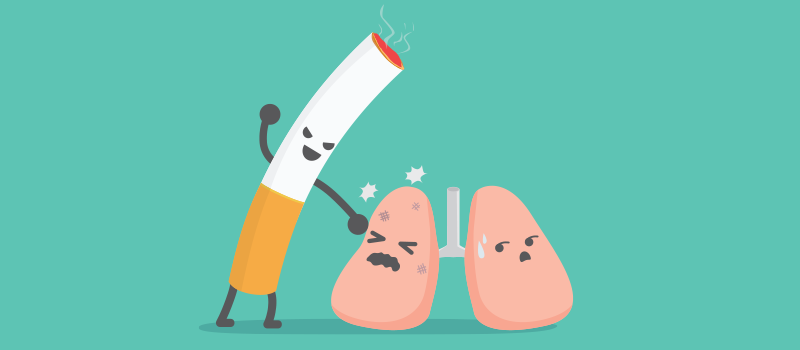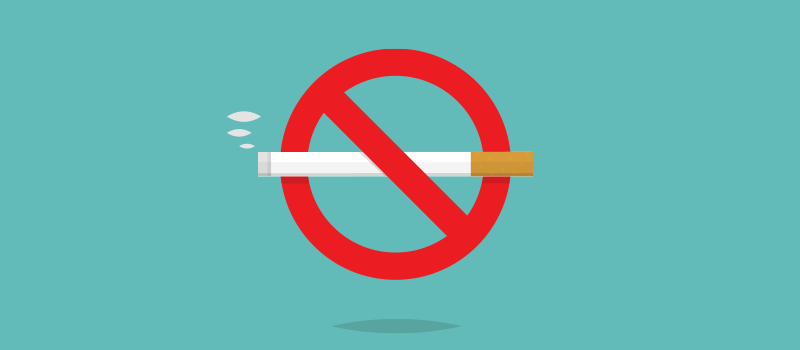What’s the Buzz
The Bee Healthy Blog
What Happens When You Quit Smoking and Start Vaping?

Smoking regular tobacco cigarettes has harmful effects on practically every organ system in the body, including vital organs like the lungs and heart. Nicotine replacement therapy is a well-known method of helping people quit smoking. However, in recent years, many people have started using vaping (electronic cigarettes) as a smoking cessation tool. This article will discuss what happens when you stop smoking cigarettes and switch to e-cigarettes. We will also examine what the evidence says about using vaping to help you quit smoking.
What happens to your lungs when you switch from smoking to vaping?
Smoking poses many health risks. The harmful smoke in tobacco products contains hundreds of chemicals that have serious health effects, such as raising blood pressure and increasing your risk of heart disease. Secondhand smoke is also harmful.
Quitting cold turkey can be challenging for most cigarette smokers. Vaping is considered less harmful than smoking, in general. Here’s how switching from regular cigarettes to e-cigs can help your health improve.
- Unlike cigarette smoke, the vapor produced by e-cigarettes does not contain carbon monoxide. Stopping smoking helps the lungs to remove any residual carbon monoxide. Using an e-cig helps to bring blood oxygen levels closer to normal.
- E-cigarettes contain less of other chemicals and toxins. This allows the lungs to detoxify and remove debris and mucus that accumulates with smoking tobacco.
- Former smokers frequently find that their sense of taste and smell improves after starting vaping and becoming cigarette-free.
- Cigarette smokers find that breathing improves after switching to e-cigarettes because the lungs are no longer exposed to tar. Ex-smokers also find that they have more energy.
- After no longer smoking traditional cigarettes for 3-9 months, the lungs begin repairing the damage caused by tobacco cigarettes and removing toxic debris from the bronchial tubes. Ex-smokers notice an improvement in physical health, including symptoms such as shallow breathing, wheezing, smoker’s cough, and shortness of breath with exercise because of improving lung function.
- Approximately 5 years after quitting smoking, the risk of heart disease and heart attack drops to around half compared to smokers.
- E-cig vapor does not contain many of the carcinogens found in tobacco smoke. Ten years after quitting smoking, lung cancer risk falls to around half compared to active smokers. At this point, the risk of heart attack is now the same as someone who has never smoked.
How many puffs on a vape equals a cigarette?
In general, e-cig manufacturers say that 10 puffs of your vape are roughly equal to 10 puffs of a cigarette.
The average nicotine-containing e-liquid bottle is 1 ml and contains approximately 100 puffs, which is roughly 10 cigarettes. So, 2 ml of vape juice is equivalent to a pack of cigarettes.
Although vaping is slightly better for your lungs than traditional cigarettes, the problem is that a vape does not end as a cigarette does. As a result, you can get carried away and continue vaping for longer than you would smoke a tobacco cigarette.
Is vaping worse than tobacco cigarettes?
The evidence suggests that electronic cigarettes are less harmful than regular tobacco cigarettes and other traditional tobacco products. However, many e-cigarettes and vaping products contain high nicotine levels, are highly addictive, and can cause withdrawal symptoms just like conventional cigarettes. Also, the Centers for Disease Control and Prevention (CDC) warns that electronic cigarette use can lead to lung disease and other health problems, so it is not entirely safe.
Is vaping good for quitting smoking?
Undoubtedly, the sooner you stop smoking, the lower your risk of serious health complications. However, the jury’s still out on whether vaping or nicotine replacement products are a better way to overcome nicotine addiction.
Some studies have shown that e-cigarette use is an effective way for young people with severe nicotine addiction to accomplish smoking cessation. Other studies have shown that e-cigarettes and nicotine replacement products are similarly effective in helping you quit smoking. Yet, others have shown that users of e-cigs are less successful in maintaining smoking abstinence compared to non-users.
It is worth noting that many vaping products that are marketed as smoking cessation aids contain high concentrations of nicotine. In general, nicotine-containing vaping products are more effective in helping people stop smoking compared to nicotine-free products.
The truth is that the relationship between using vape pens and smoking cessation remains unclear. Vaping may help some people decrease cigarette use and kick the nicotine habit. Still, current scientific evidence does not indicate that vaping or using e-cigarettes is the best way to stop smoking.
Experts say the ultimate goal should be to quit all nicotine products, including e-cigs and traditional tobacco cigarettes.
References:











SOCIAL